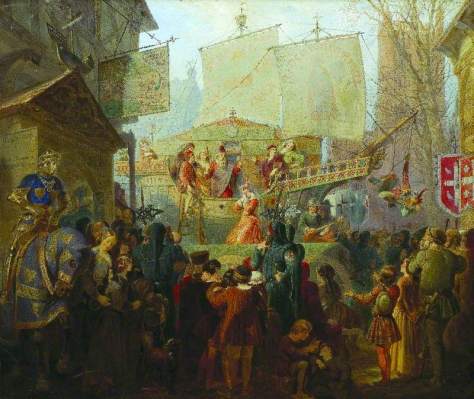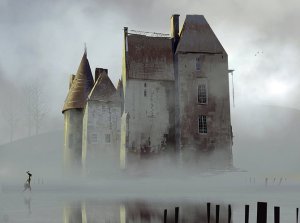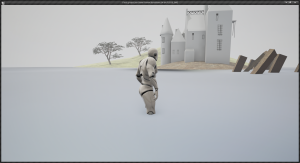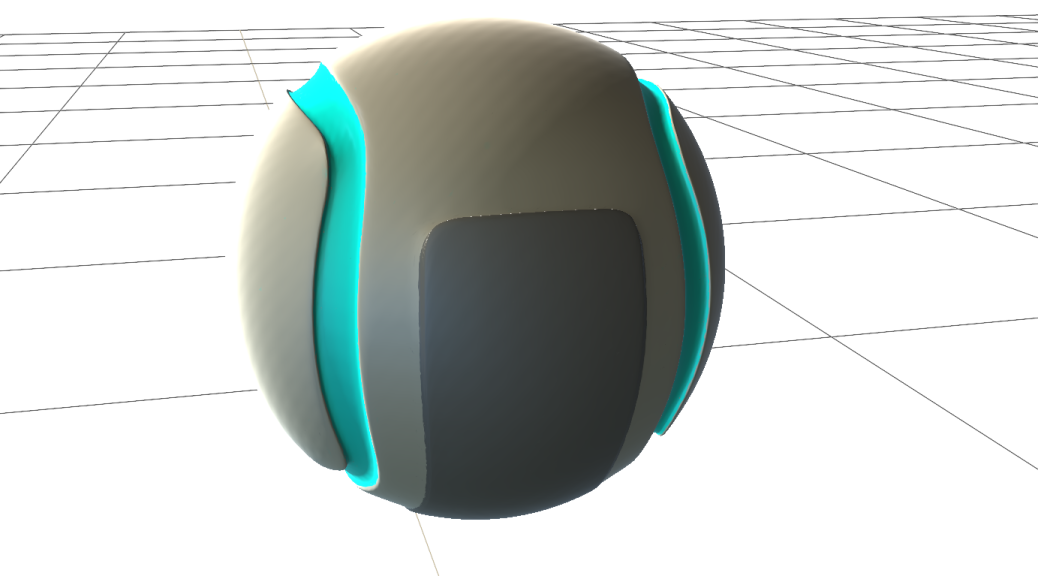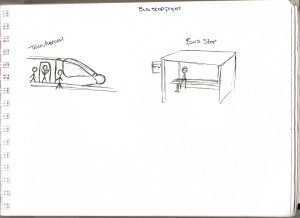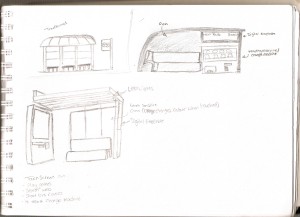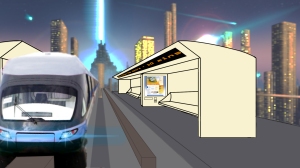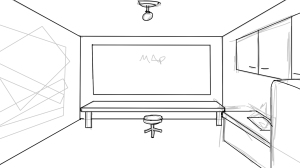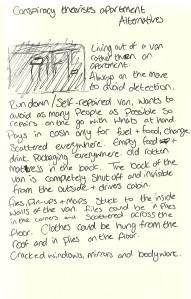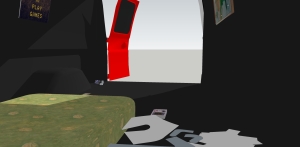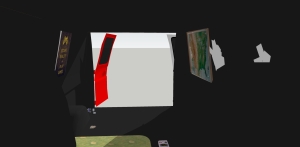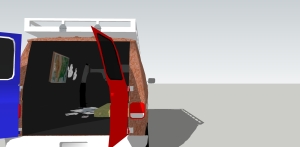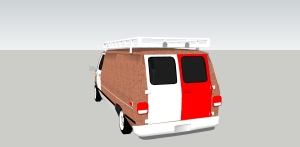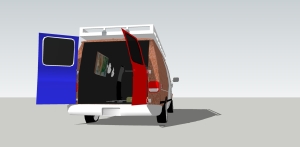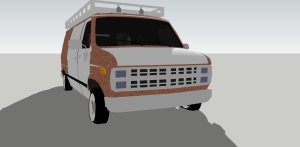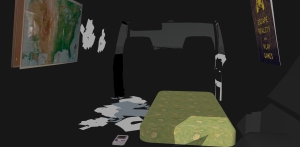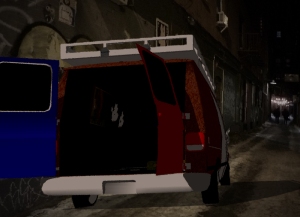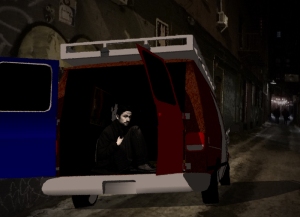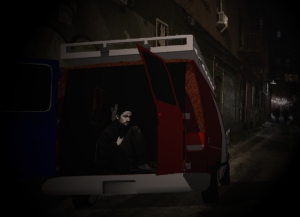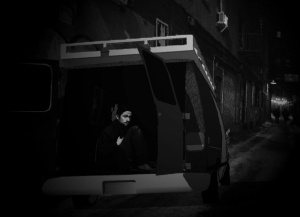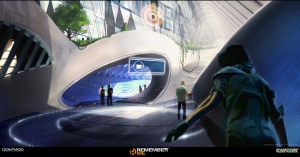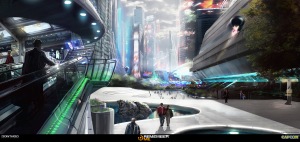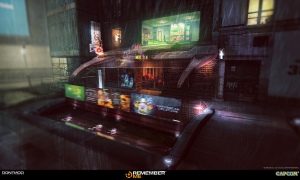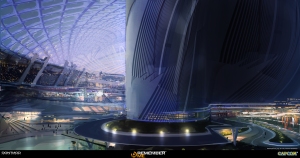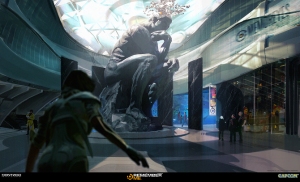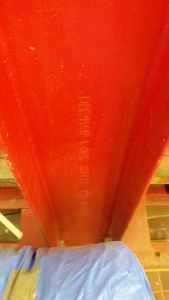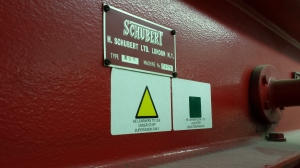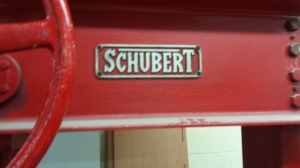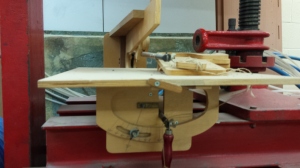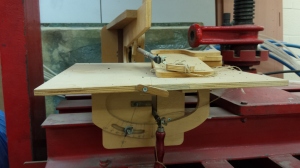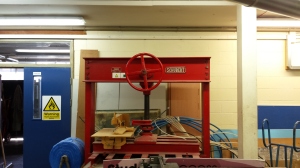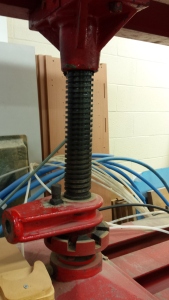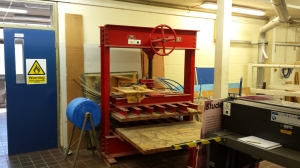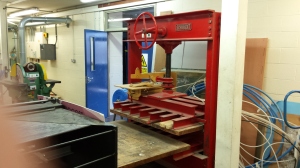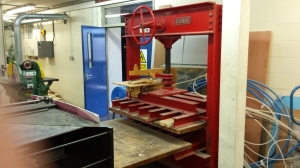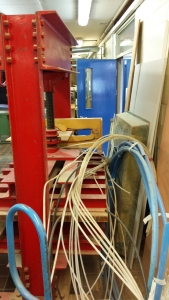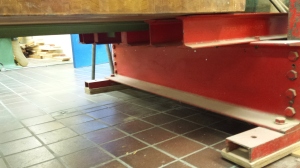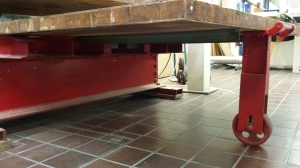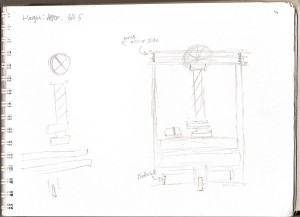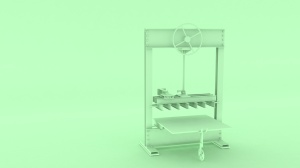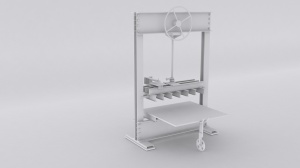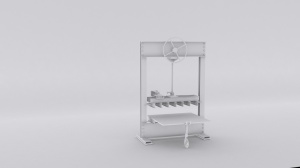As part of my Creative Futures module at uni I was tasked with researching, and designing, different forms of food vendor. I started looking at different types of fast food stalls, seeing where they were generally located, and how they typically looked.
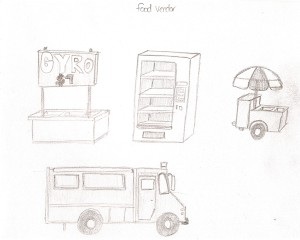
After that I started to play with some ideas, I started out by designing a sort of 3D printer/vending machine hybrid (simply because I liked the idea of having what I want when I want). I then went on to make it more user friendly (by giving it arms and a face).
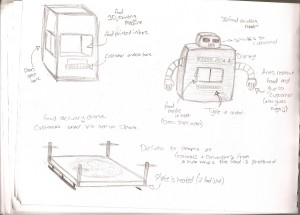
During this phase of designing my tutor mentioned how a drone delivery service may be a good idea, so I started thinking how I could incorporate it into my designs. I came up with this.
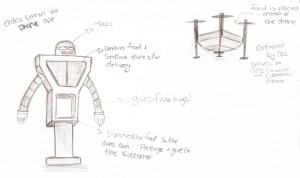
I then had an idea inspired by the classic Robin Williams film Flubber; in the film Robin Williams’ character has a little AI controlled drone that runs his house, called Weebo.
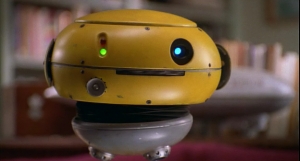
Weebo’s design then became the basis for my final design.
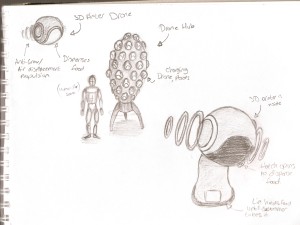
Once I was happy with it I went into 3DS Max and started to model the drone. During the modelling process I changed the design slightly to make it a bit more square (not sure why, I just liked it better).
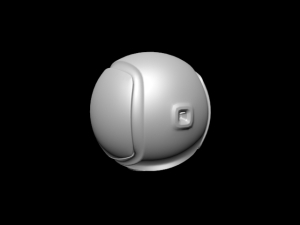
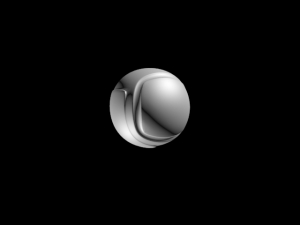
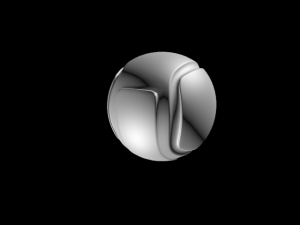
After that I put it into Mudbox and painted on the textures.
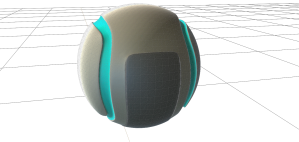
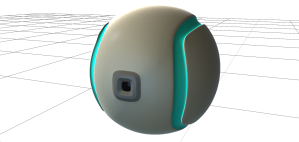

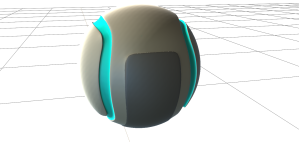
This project was part of two previous projects, the bridge and bus stop projects. The goal behind these projects is to help us observe the world around us better, and for me personally its started to work; walking down the street now I have started noticing more than I did before (an example being I noticed a tree growing out the top of a coffee shop near my uni, I’ve walked past it for years and never noticed).

